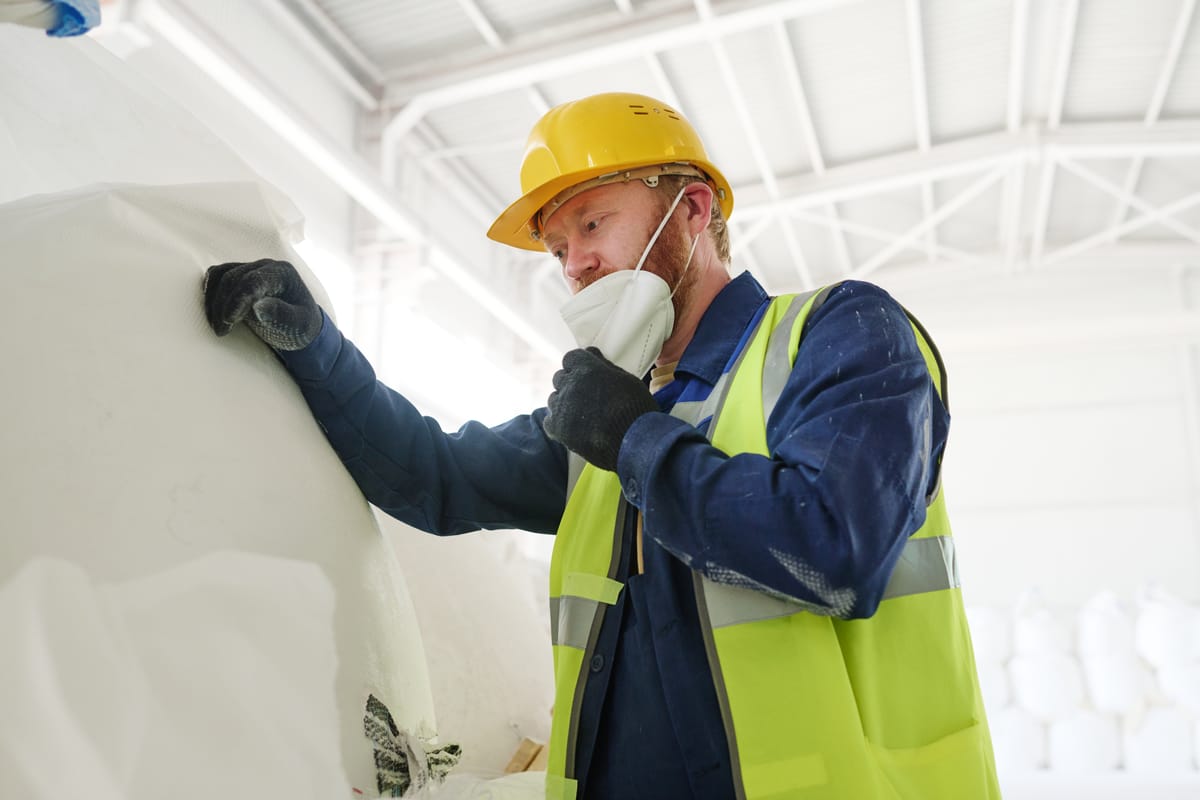
Prepare now to prevent major damage later — review your emergency response plan and update your property kits today.
When Water Becomes Your Worst Enemy
Water damage rarely announces itself with urgency. A small leak, a slow drip, or a burst pipe can seem manageable at first. But as restoration expert Jeff Koscher of BluSky Restoration explained in AACSC’s Water & Mold 101 class, the real danger comes in the days that follow.
Left untreated, clean water quickly turns into a breeding ground for mold, transforming an inconvenience into a full-blown hazard — one that can cost housing providers tens of thousands of dollars to remediate.
“The longer you wait,” Jeff reminded members, “the more you’ll pay.”
Understanding Water Categories
Jeff outlined three categories of water damage every housing provider should know. Category 1, clean water, is relatively safe when it first appears, often coming from rain or burst supply lines. But within three to four days, it can degrade into Category 2, gray water, carrying contaminants from sources like washing machines or sprinkler runoff.
At its most dangerous, Category 3, black water, includes sewage, toilet backflows, or floodwater. These events pose serious health risks and always require professional remediation. Knowing how to recognize each category helps landlords act quickly — and appropriately.
Documentation and Professionalism
How you respond is as important as how fast. Jeff advised housing providers to avoid labeling anything as “mold” in early communications. Instead, use neutral terms like “discoloration” until a professional assessment is completed. Thorough documentation of tenant reports, photos, and steps taken provides a defensible record should disputes arise. In some cases, hiring an industrial hygienist to establish remediation protocols is the safest course of action.
Building Your Emergency Toolkit
Preparation is the best defense. Jeff urged landlords to keep emergency kits stocked and stored in multiple secure locations for fast access. At a minimum, kits should include:
- Protective equipment such as respirators, gloves, goggles, and disposable suits.
- Tools like shop vacs, moisture meters, and water socks for rapid response.
- Quick action with the right tools can contain damage before it spirals.
Fix the Source, Then the Symptom
Mold is always a symptom of one thing: moisture. Addressing the underlying source — whether a leaking roof, broken pipe, or faulty appliance — must be the first step before any remediation begins. Following EPA guidelines and documenting the process at every stage ensures compliance and reduces liability.
Key Takeaways for Housing Providers
The central message of Jeff’s session was prevention. Water problems can’t always be avoided, but the damage they cause often can. By acting quickly, documenting carefully, and following established remediation protocols, housing providers can save themselves from costly headaches while keeping tenants safe.
